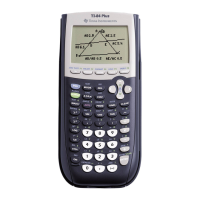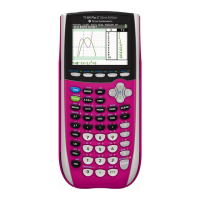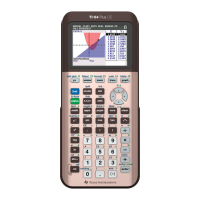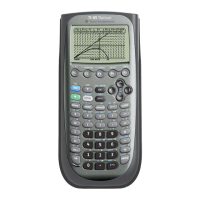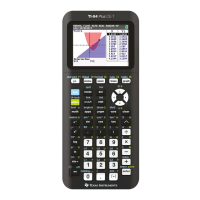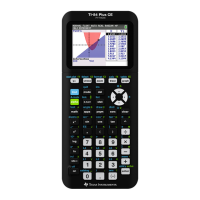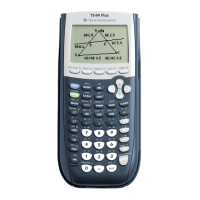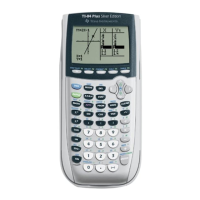134 Chapter 3: Application Development Process
TI-83 Plus Developer Guide Third Release May 28, 2002
Now we will modify Flash to change the original Hello string so that the change will
persist between each execution of the application.
1. Select Debug, and then Stop.
2. Select View, and then Flash.
3. In the Start Address field enter 1540A3. The application is on page 0x15. If we look
at the hello.lst file, we will see that the Hello string begins at offset 40A3.
4. Change the byte at address 1540A3 to 0x53, 1540A4 to 0x54, 1540A5 to 0x41,
1540A6 to 0x52 and 1540A7 to 0x53.
5. Select Debug, and then Go.
6. Click the Πkey on the calculator.
7. Click the 2 key on the calculator.
8. The calculator will display STARS (as in the Dallas Stars, the 1999 Stanley Cup
Champions) each time the application runs.
9. Select File, and then Close to close the debug session. A dialog box will appear
asking if you want to save changes.
10. Click the Yes button.
11. The Save As dialog box will appear. Save debug session to
C:\Mydemo\mydemo.83d.
12. Select File, and then Exit to exit the Debugger.
Signing the Application
Texas Instruments has provided the Wappsign (Windows appsign) utility to allow you to
easily sign your applications. Please refer to the Wappsign User’s Guide for more
information.
Downloading the Application
You can use the TI GRAPH LINK™ program or TI Connect™ to download the app to
the calculators.
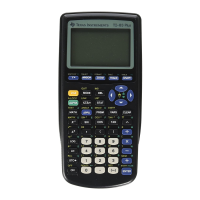
